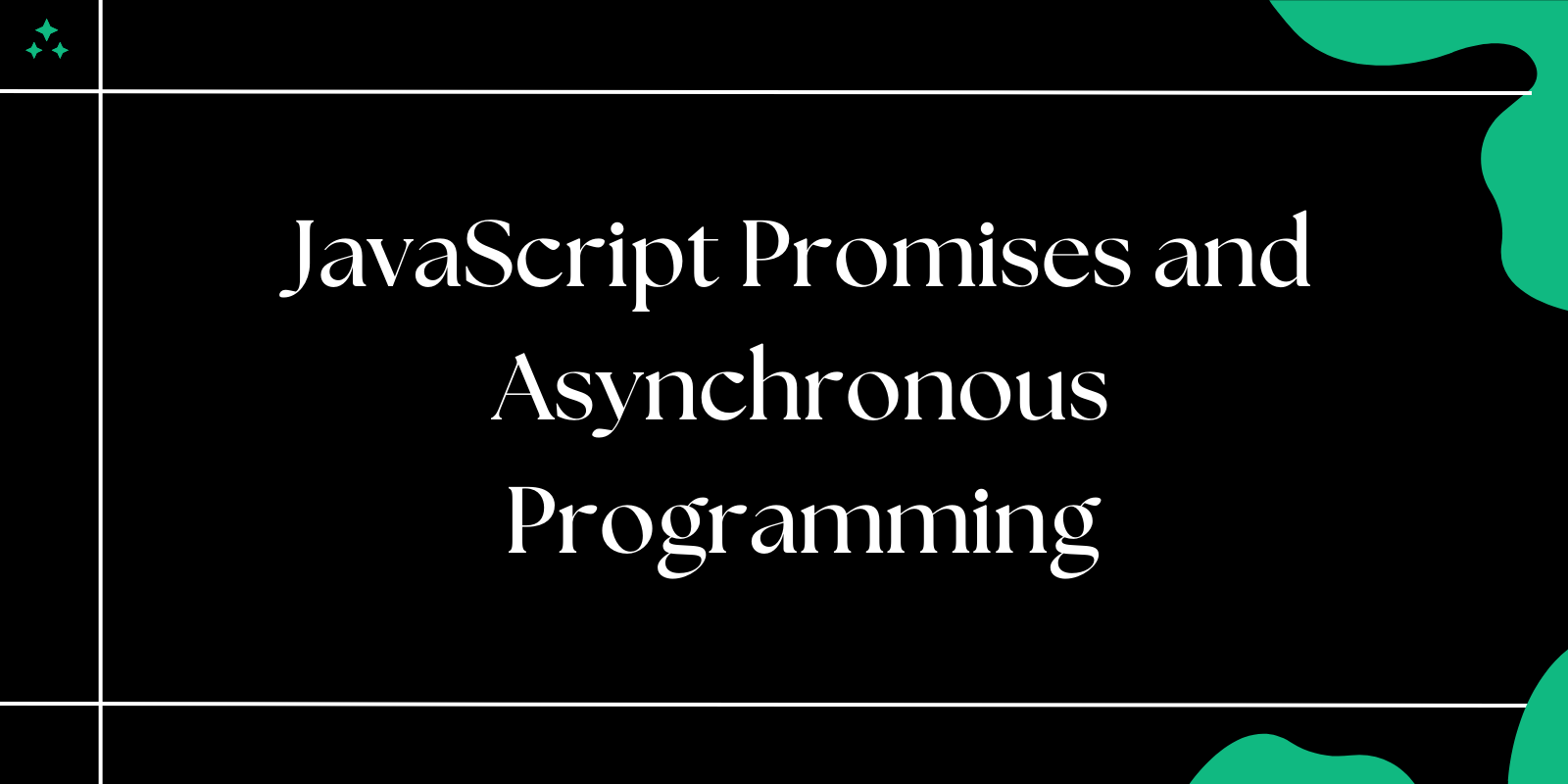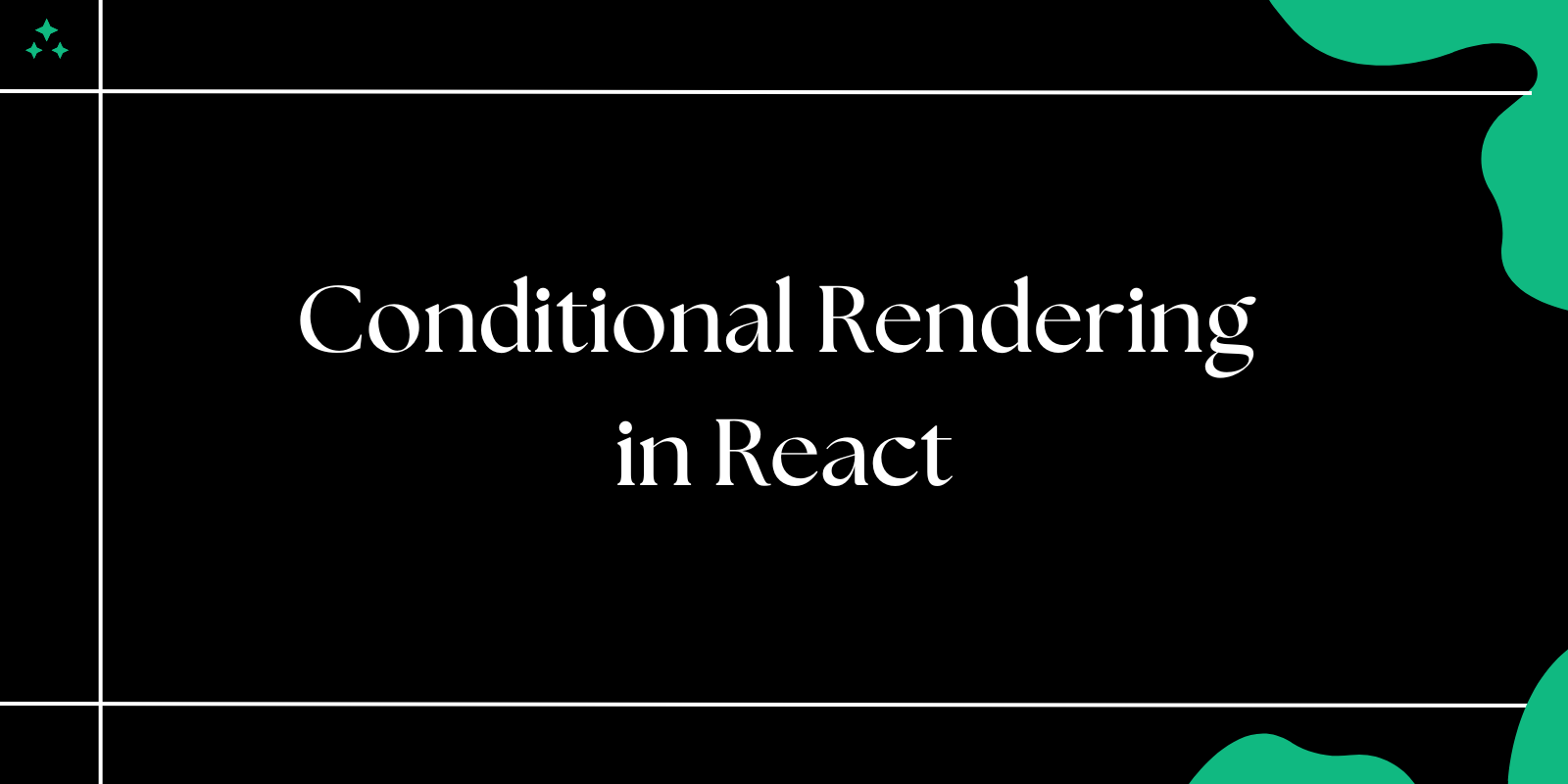Asynchronous programming is essential for modern JavaScript development, allowing efficient handling of long-running tasks like API requests or file processing. JavaScript Promises are a fundamental part of async programming. This blog will cover the basics of Promises and how to master them to write efficient asynchronous JavaScript code.
Why Asynchronous Programming Matters
JavaScript is single-threaded, meaning it can only execute one operation at a time. Without asynchronous programming, JavaScript would be unable to handle time-consuming tasks like network requests without blocking the entire program. Promises are a way to manage such tasks efficiently without blocking the main thread.
Understanding Promises
A Promise in JavaScript is an object that represents the eventual completion (or failure) of an asynchronous operation and its resulting value. Promises allow you to chain asynchronous operations without deeply nested callback functions, making your Code more Readable and maintainable.
Basic Structure of a Promise:
const myPromise = new Promise((resolve, reject) => {
let success = true;
if (success) {
resolve("Task completed successfully!");
} else {
reject("Task failed.");
}
});
myPromise
.then((result) => {
console.log(result); // "Task completed successfully!"
})
.catch((error) => {
console.error(error); // If there’s an error
});
In the example above:
resolveis called when the task completes successfully.rejectis called when the task fails.
Chaining Promises
One of the major benefits of using Promises is the ability to chain them, allowing multiple asynchronous operations to be executed in sequence.
fetchData()
.then((data) => {
return processData(data);
})
.then((processedData) => {
return saveData(processedData);
})
.then(() => {
console.log("Data saved successfully!");
})
.catch((error) => {
console.error("An error occurred:", error);
});
Handling Multiple Promises
Sometimes you need to handle multiple asynchronous operations simultaneously. JavaScript provides methods like Promise.all and Promise.race to manage this.
Promise.all: Executes multiple promises in parallel and waits for all of them to resolve.
const promise1 = Promise.resolve(3);
const promise2 = new Promise((resolve) => setTimeout(resolve, 100, "foo"));
Promise.all([promise1, promise2])
.then((values) => {
console.log(values); // [3, "foo"]
});
Promise.race: Returns the result of the first promise that resolves or rejects.
const promise1 = new Promise((resolve) => setTimeout(resolve, 500, "One"));
const promise2 = new Promise((resolve) => setTimeout(resolve, 100, "Two"));
Promise.race([promise1, promise2])
.then((result) => {
console.log(result); // "Two" (since promise2 resolves first)
});
Using async and await
The async/await syntax is built on top of Promises and provides a cleaner way to write asynchronous code. With async/await, you can write asynchronous code that looks synchronous.
Example:
async function fetchData() {
try {
const response = await fetch('https://api.example.com/data');
const data = await response.json();
console.log(data);
} catch (error) {
console.error('Error fetching data:', error);
}
}
Here, the await keyword pauses the function execution until the promise resolves, and the async function automatically returns a promise.
Table: Common Promise Methods
| Method | Description |
|---|---|
Promise.resolve | Returns a promise that is resolved with a given value. |
Promise.reject | Returns a promise that is rejected with a given reason. |
Promise.all | Waits for all promises to resolve and returns an array of their results. |
Promise.race | Returns the result of the first resolved or rejected promise. |
Promise.allSettled | Returns a promise that resolves when all promises have settled (resolved or rejected). |
Error Handling in Promises
Promises offer a cleaner way to handle errors through the .catch() method. You can chain .catch() to catch any errors thrown during the execution of asynchronous operations.
Example:
const fetchData = () => {
return new Promise((resolve, reject) => {
setTimeout(() => {
const error = true;
if (error) {
reject("Data fetch failed");
} else {
resolve("Data fetched successfully");
}
}, 2000);
});
};
fetchData()
.then((result) => {
console.log(result);
})
.catch((error) => {
console.error("Error:", error);
});
Conclusion
JavaScript Promises provide a powerful way to handle asynchronous operations in a clean and readable manner. By mastering Promises and using async/await, developers can write efficient, non-blocking code, making their applications faster and more responsive. Whether you're chaining multiple async calls or handling concurrent tasks, Promises are a fundamental tool in modern JavaScript development.
With these best practices, you'll be well-equipped to manage asynchronous code like a pro. Happy coding!



